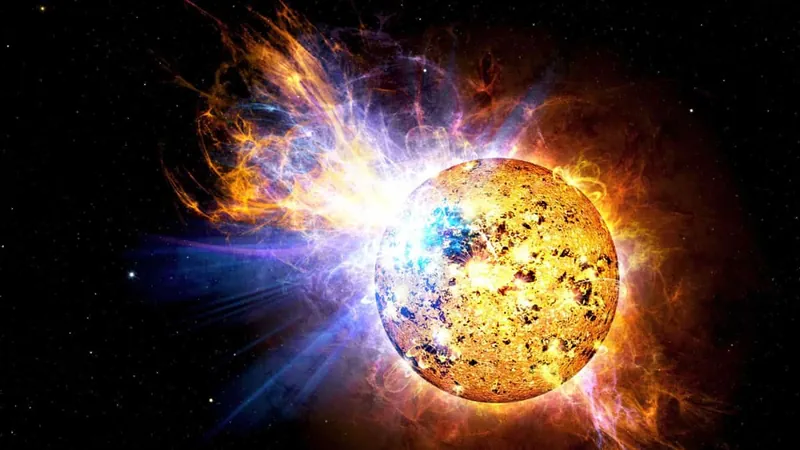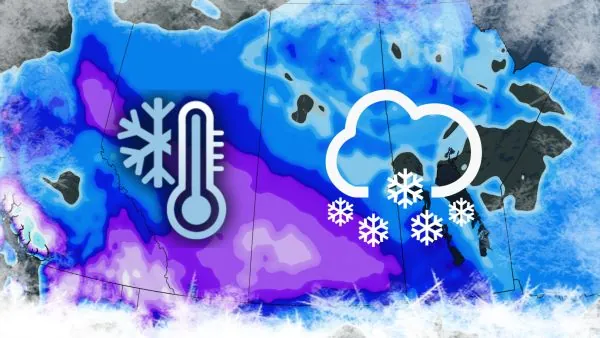
The Magnetic North Pole is on the Move: What You Need to Know!
2024-11-19
Author: Jacob
Earth's magnetic North Pole is on an astonishing journey, shifting eastward from northern Canada into the Arctic, with eyes set on Russia at jaw-dropping speed. But why is this happening, and how does it impact you?
The phenomenon is rooted in the principles of electromagnetism. At the Earth's core lies molten iron that, when set in motion by the planet's rotation, generates a vast magnetic field. This dynamic creates two major currents—north and south—essentially powering Earth’s geodynamo system.
Since the 1830s, the magnetic North Pole has relocated approximately 2,250 kilometers, with its velocity sharply increasing in recent years. A revealing study from 2020 indicated a shift in movement from just under 15 kilometers per year in the early 1990s to a staggering 50 to 60 kilometers per year. Scientists project that at this rate, the pole will continue its march towards Siberia, potentially moving another 660 kilometers over the next decade.
Dr. William Brown, a global geomagnetic field modeller for the British Geological Survey, noted that the magnetic pole had been anchored in northern Canada for centuries before it began its current trajectory towards the Arctic Ocean by the 1990s.
The reason for this drastic movement involves changes in the flow patterns of the Earth’s interior that occurred from 1970 to 1999. During this time, a significant feature known as the Canadian 'blob' became elongated, losing its grip on the magnetosphere, thereby driving the pole's unprecedented shift.
Implications for Navigation Systems: A Wake-Up Call!
The ever-increasing pace of this movement is a pressing issue, especially for our navigation systems, including GPS technology. Dr. Brown highlighted that while the pole's movement hit a peak of 55 kilometers per year until the end of the 2010s, it has since slowed down to about 25 kilometers per year as it approaches Siberia—a trend that has persisted for the last five years.
What does this mean for everyday users?
The reliance on satellite-based navigation systems could be jeopardized if adjustments are not made. Our smartphones, alongside various navigation tools, will require updates for accuracy. The World Magnetic Model, developed by the British Geological Survey in collaboration with the National Oceanic and Atmospheric Administration (NOAA), is set to address these challenges, ensuring compasses and navigational systems are calibrated to align with the new position of the magnetic North Pole.
As our planet continues to change, it’s essential for users and industries dependent on precise navigation to stay informed and prepared for the forthcoming adjustments—after all, who wants to get lost in a world that's constantly shifting?
Stay tuned for updates and remember: navigating the future requires understanding the trends of today!









 Brasil (PT)
Brasil (PT)
 Canada (EN)
Canada (EN)
 Chile (ES)
Chile (ES)
 España (ES)
España (ES)
 France (FR)
France (FR)
 Hong Kong (EN)
Hong Kong (EN)
 Italia (IT)
Italia (IT)
 日本 (JA)
日本 (JA)
 Magyarország (HU)
Magyarország (HU)
 Norge (NO)
Norge (NO)
 Polska (PL)
Polska (PL)
 Schweiz (DE)
Schweiz (DE)
 Singapore (EN)
Singapore (EN)
 Sverige (SV)
Sverige (SV)
 Suomi (FI)
Suomi (FI)
 Türkiye (TR)
Türkiye (TR)